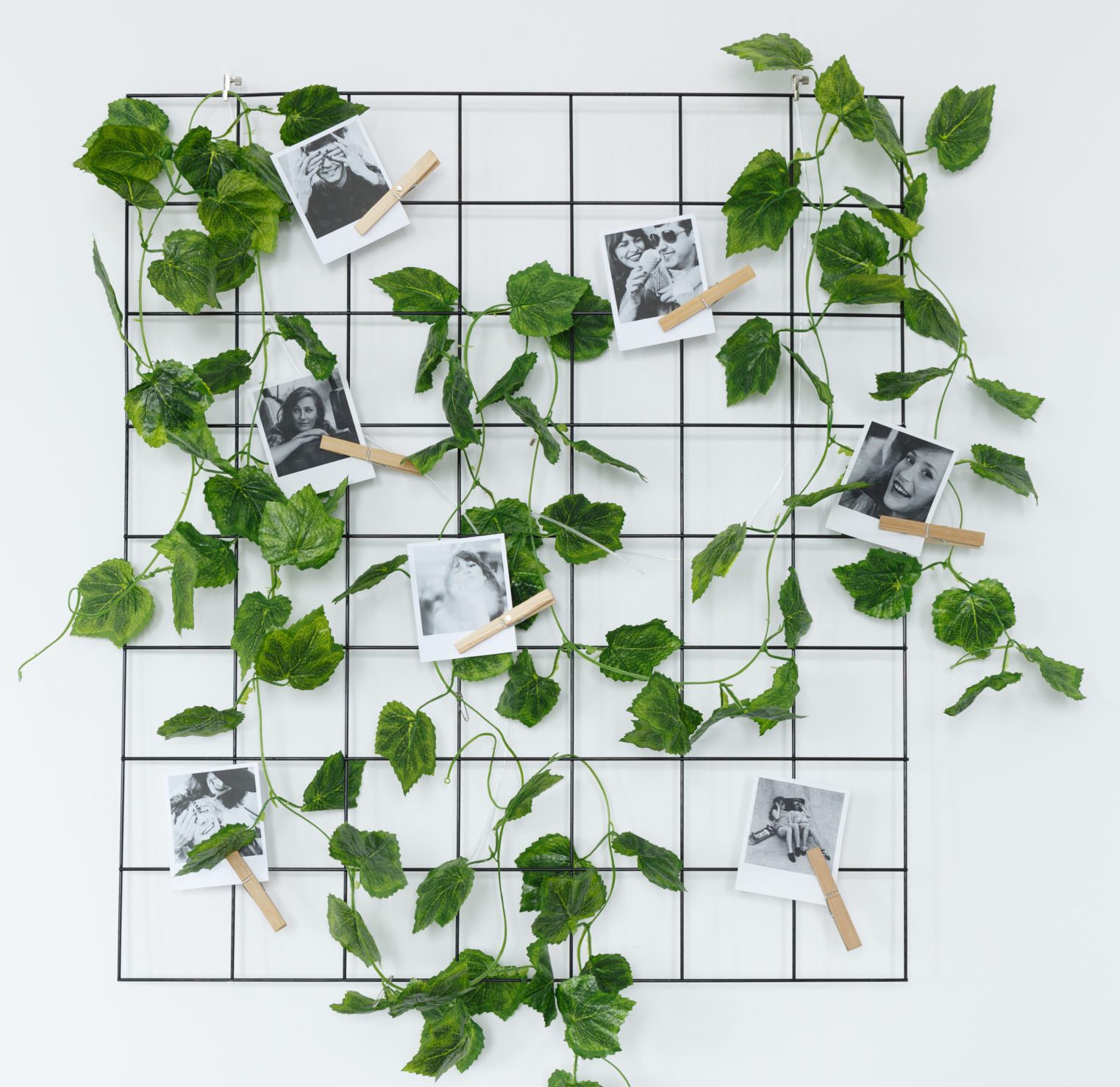Table of Contents
Indoor Ivy Varieties
Ivy is one of those classic plants that’s perfect for experienced houseplant owners and novices alike! Indoor ivy varieties grow quickly, they’re easy to care for, and they can look absolutely stunning in an indoor space.
If you want to add a touch of whimsy and wildness to your indoor plant collection, ivy is a great choice! It’s very easy to keep under control when kept in a pot, as opposed to growing outside where it can easily take over a space. It doesn’t require a lot of light, which is perfect for a room without a lot of windows. As a trailing plant, it can also add some variety to your collection by creating a different shape than a lot of other upright or bushy houseplants.
Let’s take a look at some of the more popular and uncommon indoor ivy varieties to grow indoors so you can select the best variety (or varieties, if you’re feeling ambitious!) for you and your space.
English Ivy
This common variety is probably what comes to mind when you think of ivy. Many plant collectors love its broad, deep-green, star-shaped leaves, and it can even produce flowers in the summer and fall!
You might have seen it indoors spilling out of pots or over shelves, or growing up walls or fences outdoors. English ivy is extremely easy to grow and will happily grow up a trellis or other support, or it makes a fantastic hanging plant. You will need to cut it back regularly to control its size, but you can easily do this with sharp, clean scissors or garden shears if you notice it getting out of hand.
Most of the ivies you’ll see indoors are different varieties of English ivy, and there are a lot of them!
Here are some of our favorite English ivy cultivars to grow indoors:
Duckfoot Ivy
With its red stems and green, duck foot-shaped leaves, this is an eye-catching ivy to grow indoors.
Buttercup Ivy
Its light-green color and small leaves can add colorful variety to your home.
Asterisk Ivy
These striking, asterisk-shaped leaves add unexpected shapes to your decor and look amazing hanging from a basket or a pot on a shelf.
Adam Ivy
This beautiful cultivar boasts large, variegated leaves of dark and light green with some yellow coloring. Perfect if you’re a fan of variegated plants but don’t have a lot of experience caring for them.
Needlepoint Ivy
This unusual variety has small, dark-green leaves with 4 or 5 sharply pointed lobes.
Manda’s Crested Ivy
With its large, light-green, curly leaves, this cultivar is particularly beautiful and adds a graceful touch of elegance to any room.
Gold Dust Ivy
Another ivy for the variegated plant fans! This ivy has golden-yellow foliage dappled with swathes of dark green. It’s trickier to find than some of these other varieties, but a quick Google search should yield results.
Jubilee Ivy
This bushy cultivar stays more compact than some of its cousins and has large, beautiful green leaves with chunky variegations of dark and light green, cream, and silver!
While English ivy cultivars are by far the most popular varieties to grow indoors, other ivy species can also make great houseplants, and their care is very similar to that of English ivy.
Irish Ivy
While similar in appearance to many English ivy cultivars, Irish ivy has large, slightly upturned leaves and will produce white flowers in the summer. Care for it like you would English ivy, with room to grow, regular pruning, indirect sunlight, and evenly moist soil.
Boston Ivy
This variety grows well outdoors but can also be grown as an indoor plant. While the overall leaf shape is similar to that of English ivy, Boston ivy has a more leathery texture and the leaves have sharper points and edges.
How to Care for Ivy
Indoor Ivy of all varieties require very similar care. Choose a pot with drainage and plant in loamy soil that drains well but will also hold some moisture. Ivy doesn’t put down deep roots, so it’s okay if your pot is wide and shallow. Give your ivy something to climb, like a trellis, put it in a hanging pot, or make sure it has room to trail as it grows.
Water when the top inch of soil is dry to keep the soil evenly moist. Ivy prefers bright, indirect sunlight but will do just fine in lower light.
If you notice that your ivy is starting to take over your space, use scissors or pruning shears to give it a haircut!
And to keep your ivy green and healthy, fertilize regularly with Indoor Plant Food to provide all the nutrients it needs.
Ivy is a simple plant to care for and adds a touch of lush greenery to any indoor space. Give it a try!








Leave A Comment